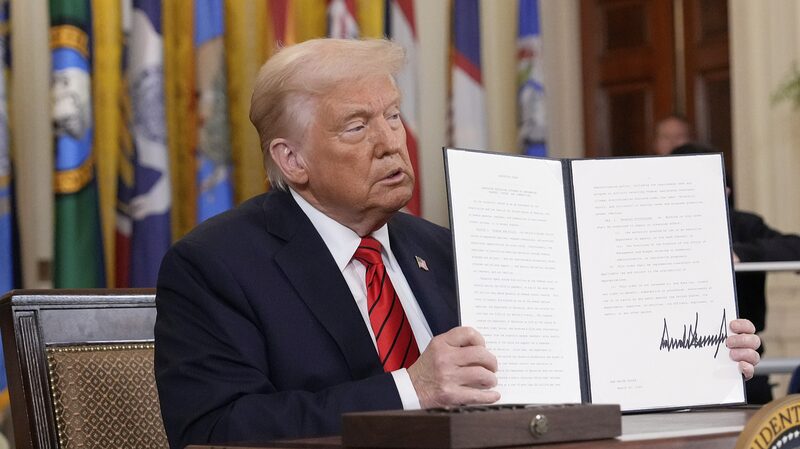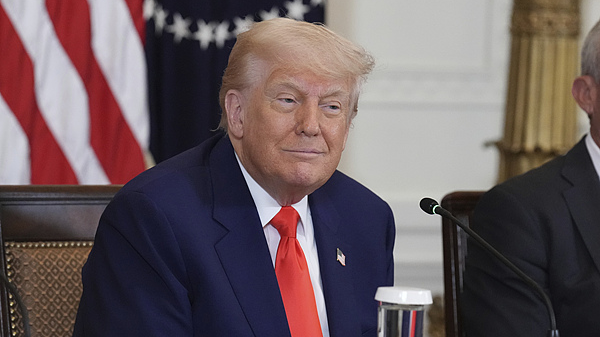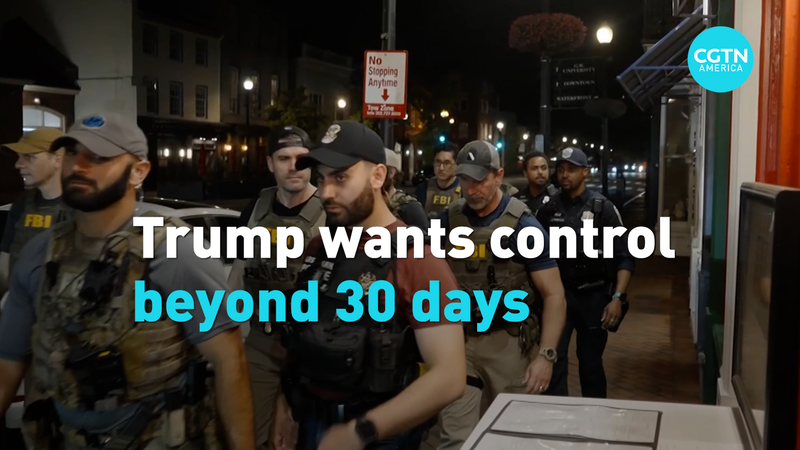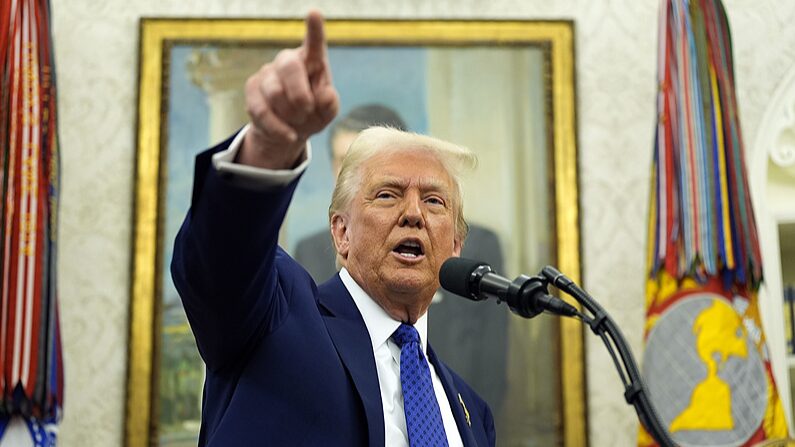In a bold move that's sparking nationwide debate, former U.S. President Donald Trump signed an executive order Thursday to begin dismantling the federal Department of Education, declaring it's time to 'return education to the states.' The announcement has educators, students, and policymakers buzzing — and arguing — about what this means for America's schools.
'Shutting It Down Quickly' 🚨
Trump vowed to pursue 'all lawful steps' to eliminate the department, citing low reading and math proficiency rates. 'We're going to shut it down as quickly as possible,' he said at the White House. But here's the twist: programs like Pell Grants for low-income college students and funding for disabled learners won't disappear — they'll reportedly be shifted to other federal agencies.
Why It Matters 💡
Critics like Rep. Grace Meng and Rep. Mark Takano slammed the order as a 'betrayal' that prioritizes tax breaks for the wealthy over student success. Legal challenges loom, too, with lawmakers calling the move 'unlawful' and vowing to fight it.
Meanwhile, educators are split: some cheer reduced federal oversight, while others warn of funding chaos. Let's break it down → Pell Grants help 7 million students annually, while Title I supports 25,000+ schools in low-income areas. Could state control lead to unequal resources? That's the billion-dollar question.
Reference(s):
Trump signs executive order to start dismantling Education Department
cgtn.com







